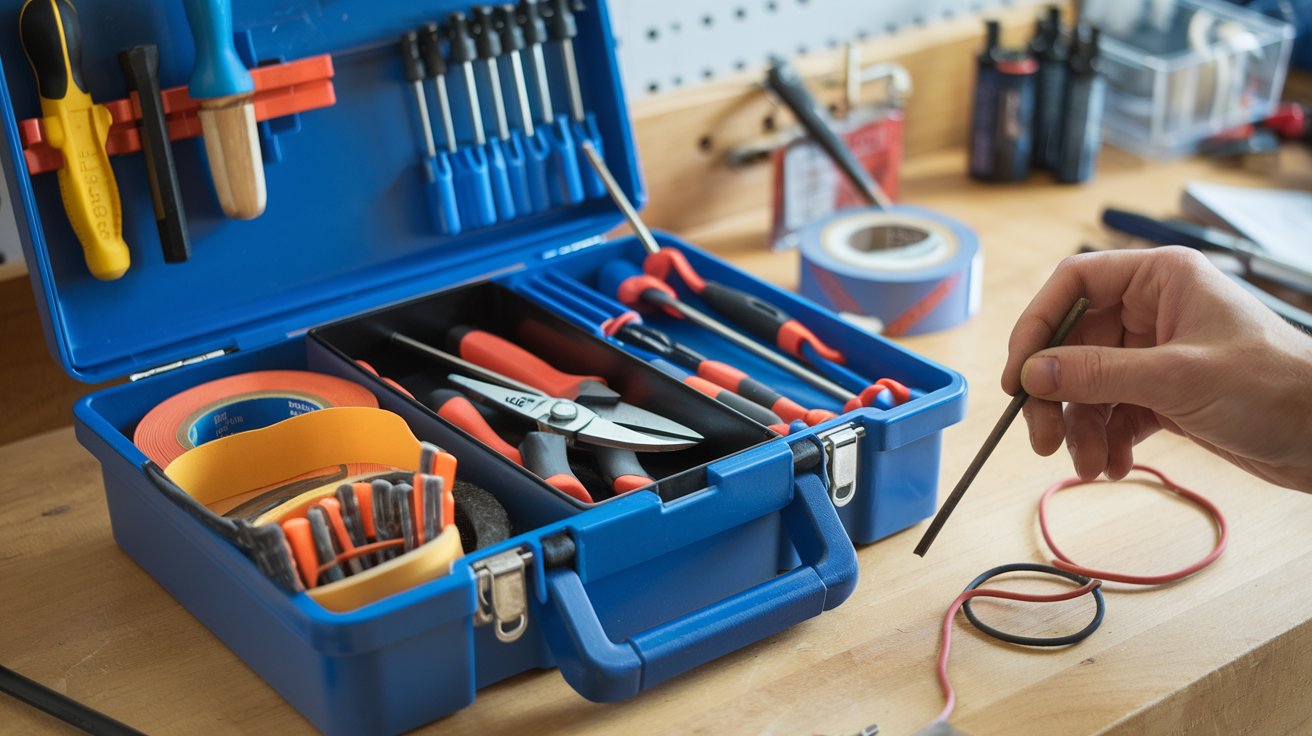
If you’re tackling a home electrical project, you’ve probably got tools like wire cutters and voltage testers on your list. But what about vine charcoal? Yep, the same stuff artists use for sketching can actually be a secret weapon for DIYers. Maybe you’re wondering how a dusty stick of charcoal fits into wiring a light switch or labeling circuits. Or maybe you’re just looking for clever hacks to make your next project smoother. Either way, you’re in the right place.
In this guide, we’ll break down why vine charcoal deserves a spot in your toolbox. We’ll cover how it works, safety tips you can’t skip, and even some creative ways to use it around the house. By the end, you’ll see why folks at HomeCrt swear by this underrated tool—no fancy jargon, just straight-up useful info. Let’s dive in!
Why Vine Charcoal Beats Regular Pencils for Electrical Work
Imagine you’re marking where to drill holes for a new outlet. A pencil might smudge or leave permanent marks, but vine charcoal wipes off cleanly with a damp cloth. That’s because it’s made from burned grapevines—super soft and non-greasy. Plus, it doesn’t conduct electricity, so you won’t risk shorting anything if you accidentally brush a live wire.
Let’s say you’re mapping out wiring behind drywall. Draw your plan directly on the wall with charcoal, snap a photo for reference, then erase it instantly. No messy residue, no ghost lines. At HomeCrt, we’ve seen DIYers use this trick to avoid confusion during big projects like basement renovations.
Safety First: How to Use Charcoal Without the Mess
Charcoal can get dusty, so keep these tips in mind:
- Work dry: Don’t use it near water sources—it turns into a paste that’s harder to clean.
- Wear gloves: Unless you want your hands looking like you’ve been digging in a fireplace.
- Test surfaces: On porous materials like brick, charcoal might stain. Try a small spot first.
If you’re marking metal junction boxes, press lightly. Charcoal shows up great on dark surfaces, unlike chalk. One customer told us they used it to label circuit breakers temporarily—no sticky notes required!
Creative Hacks You Haven’t Tried Yet
Beyond basic markings, here’s where vine charcoal shines:
- Tracing wire paths: Rub charcoal on the edge of a stud finder to leave faint guidelines.
- DIY “blueprints”: Sketch outlet layouts on unfinished walls before cutting holes.
- Emergency labels: Write on electrical tape if you run out of label stickers.
One homeowner even used it to mark where holiday lights should connect outdoors. When the season ended? A quick rinse, and the patio looked brand new. Genius, right?
When to Call a Pro (and When to Grab the Charcoal)
Vine charcoal is awesome for planning and non-contact tasks, but remember: it’s not a substitute for safety. Always turn off power at the breaker before touching wires. If you’re unsure about a step, HomeCrt recommends consulting a licensed electrician—better safe than sparky!
For simple jobs like labeling or mapping, though? Go wild. Keep a few sticks in your toolkit, and you’ll find yourself reaching for them way more than you’d expect.
Wrapping Up: Charcoal Isn’t Just for Artists Anymore
So there you have it—vine charcoal isn’t just for sketching bowls of fruit. It’s a lightweight, erasable, non-conductive helper that can simplify your DIY electrical projects. Whether you’re labeling circuits, marking drill points, or improvising a temporary diagram, this $3 tool might just become your new favorite.
At HomeCrt, we’re all about smart, simple solutions. Next time you’re knee-deep in wires and need a mess-free way to stay organized, give charcoal a shot. And hey, if you ever feel stuck, check out trusted resources like OSHA’s safety guidelines or This Old House’s DIY tips. Stay safe, stay creative, and keep those projects rolling!





